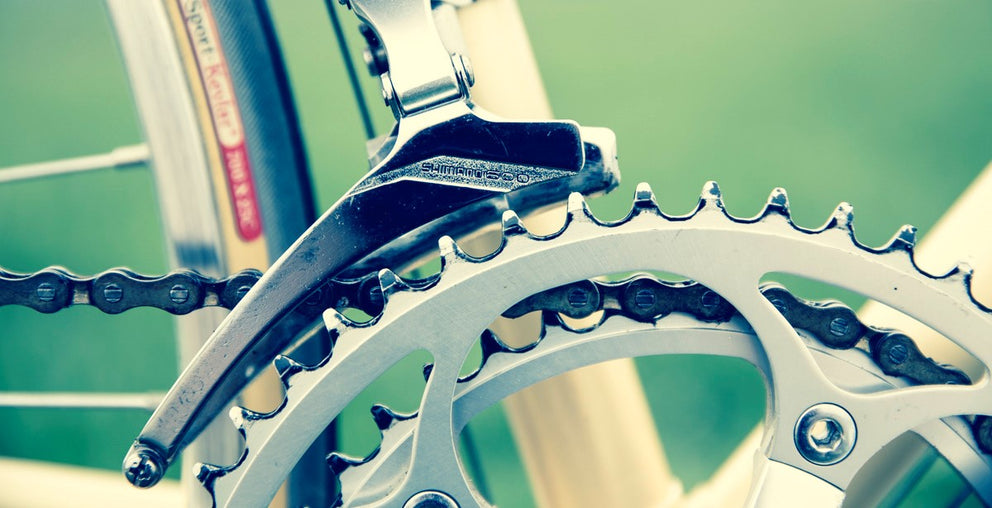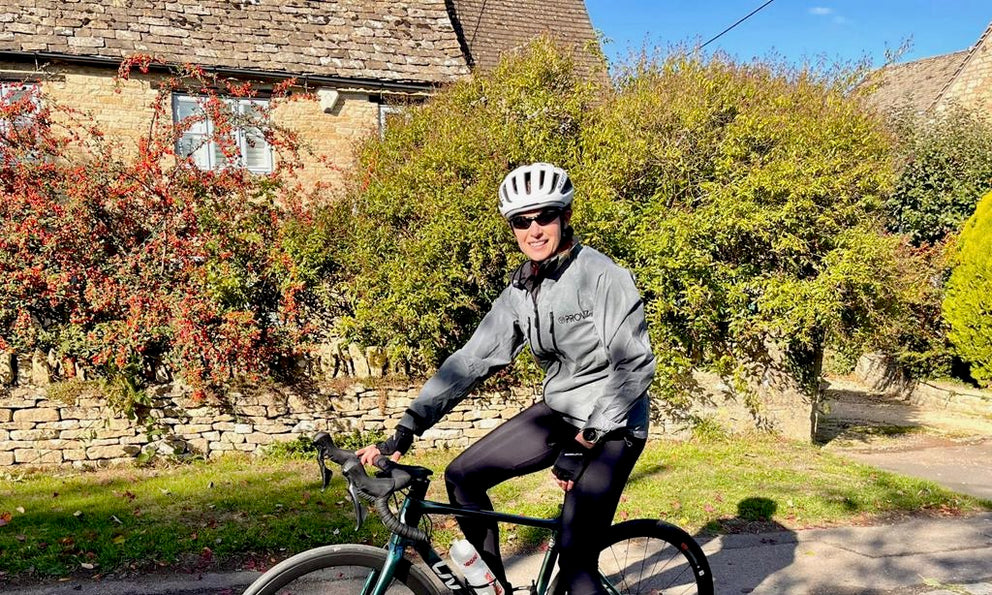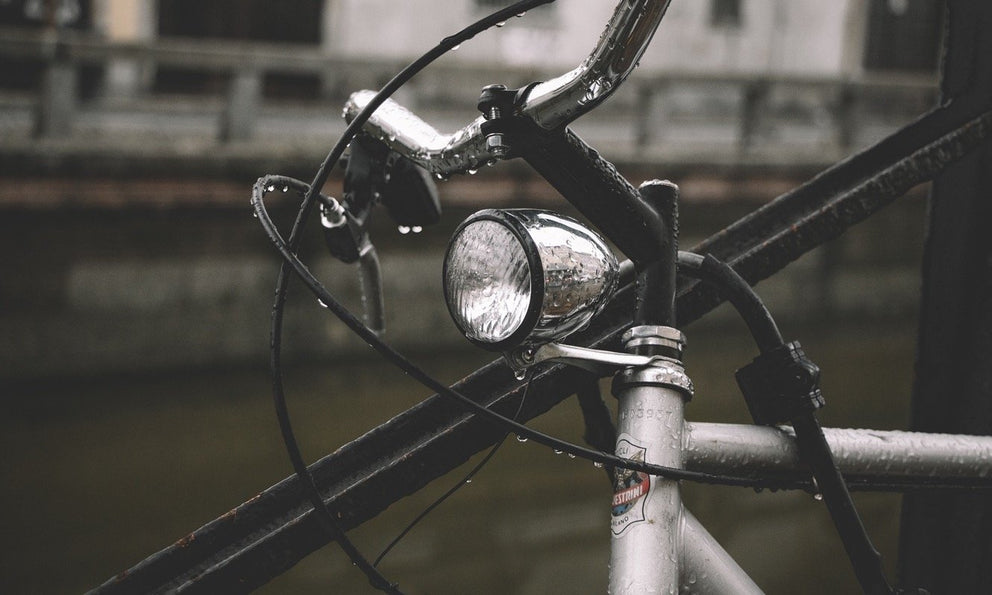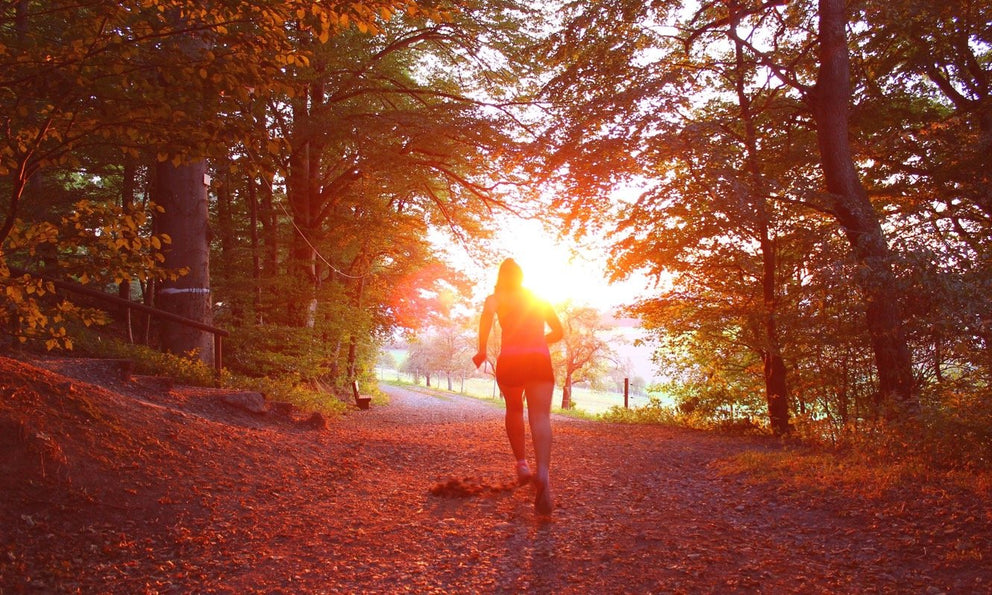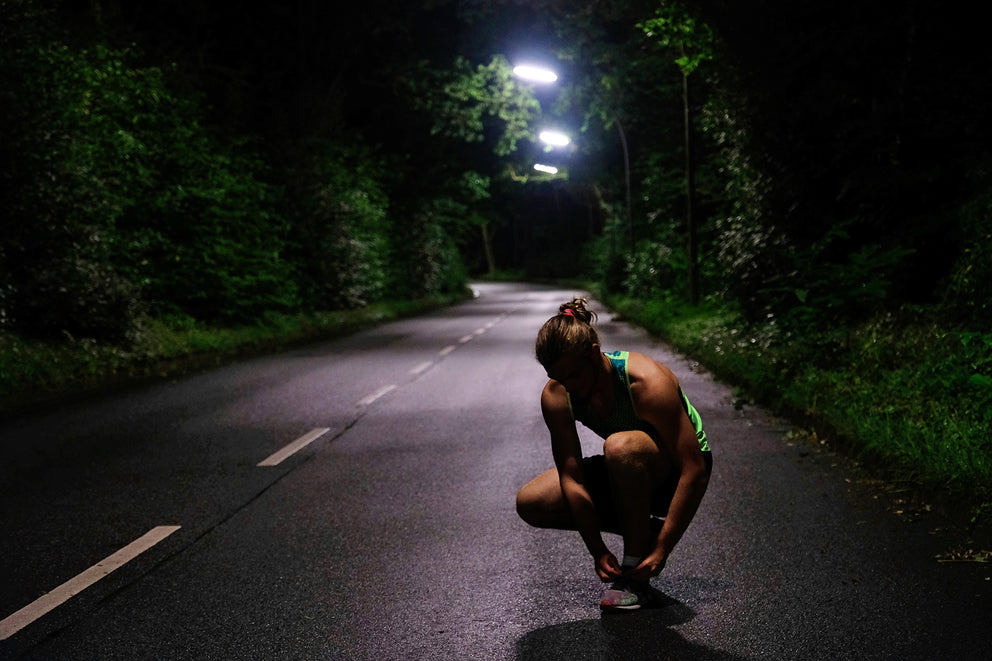Post updated May 2021
Here are some steps from the ‘Foundations of Wellness’ that you can take to improve cycling performance, safety, comfort, and enjoyment:
Use your head
1. Absolutely crucial: always wear a helmet. Of the nation's cycling deaths, head injuries account for about 60%. If all cyclists wore helmets, perhaps half of these deaths and injuries—especially in children—could be avoided. Choose a bright colour, and make sure the helmet fits properly. It should sit horizontally on your head and shouldn't move about.
Browse the Proviz range of Bike Helmets, Caps and Covers
Do the right thing
2.Brake right. To exert optimal pressure, brake with your hands at the ends of the levers. For a quick stop, as you press the brakes firmly, slide your buttocks to the very back of the saddle. This will keep the rear of the bike down so that you don't flip over the handlebars.
3. On a long downhill, don't stay on your brakes. That may overheat the tire's rim and could cause a blowout. It's safest to "feather brake"—that is, tap the brakes, applying intermittent pressure. This is wise in wet weather, too.
4. Don't pedal in high gear for long periods. This can increase the pressure on your knees and lead to overuse injuries such as biker's knee. Shift to lower gears and faster revolutions to get more exercise with less stress on your knees. The best cadence for most cyclists is 60 to 80 revolutions per minute (rpm), though racers pedal in the range of 80 to 100 rpm.
5. Going uphill, shift gears to maintain normal cadence. On a long hill, conserve energy by staying in your seat.
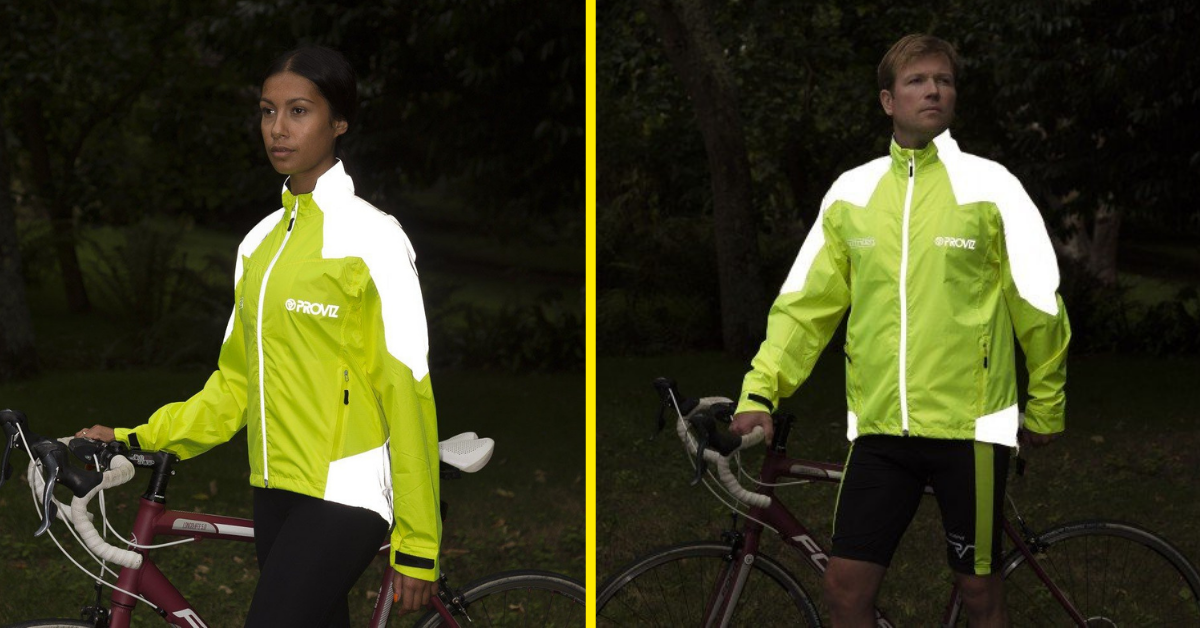
6. When cycling at night or when visibility is poor, wear brightly coloured, reflective clothing, and use your headlight. In fact, wearing bright colours is a good idea at any hour. Also, consider a rear strobe-type light (attached to the bike or your belt) to enhance visibility at night.
Easy rider
7. Make sure your bike fits. Handlebars, saddle, wheels, gears, and brakes can all be adjusted to match your size and riding ability, but the frame has to fit from the start. To find the right frame size, straddle the bike and stand flatfooted: on a road bike, there should be one to two inches of clearance between your groin and the top tube. On a mountain bike, the clearance should be two to three inches or even more.
8. Position the saddle right to protect your knees. At the bottom of the stroke, your knee should be only slightly bent. If your knee is bent too much, the seat is too low, and you will lose stroking power and strain your knees. If the knee locks when extended, or if you have to reach for the pedal, the seat is too high, which can also stress the knee. The saddle should be level.
9. Position the handlebars correctly—one inch lower than the top of the seat. Drop handlebars (preferable because they allow you to change your riding position) should be about as wide as your shoulders or slightly narrower. Some cyclists who suffer from neck or back discomfort may prefer upright handlebars.
10. To avoid saddle soreness, get the right seat. The hard narrow seats on racing bikes can be particularly uncomfortable for women, who tend to have widely spaced "sit bones." Special anatomically designed saddles—wider and more cushioned at the back—are easy to install. Gel-filled saddles or pads or sheepskin pads can ease the pressure and friction.
11. Change your hand and body position frequently. That will change the angle of your back, neck, and arms, so that different muscles are stressed and pressure is put on different nerves.
12. Don't ride in the racing "drop" position (with your hands on the curved part of the handlebars) for a long time. This may cramp your hands, shoulders, and neck.
13. Unless you're an experienced cyclist, don't use those special aerodynamic handlebars—shaped like an upside-down "V"—which let you lean forward on your forearms and thus reduce wind drag and increase your speed. These increase the risk of injury.
14. After a long uphill, don't coast downhill without pedalling. As you climb up the hill, lactic acid builds up in your muscles and can contribute to muscle soreness. By pedalling lightly but constantly while coasting downhill (even if there's little resistance) you can help remove the lactic acid.
15. Keep your arms relaxed and don't lock your elbows. This technique helps you absorb bumps from the road better.
16. Wear the right shorts if you cycle a lot. Sleek cycling shorts have less fabric to wrinkle or bunch up, so there's less chance of skin irritation. For extra protection, choose cycling shorts with special lining or padding to wick away perspiration and no seams at the crotch.
17. Don't wear headphones. They can block out the street sounds you need to hear in order to ride defensively. Cycling with headphones is a misdemeanour in some areas.
Good road sense
18. Ride with traffic, obey all signs, and give right of way to cars.
19. Use hand signals to alert drivers to your intentions.
20. Try to make eye contact with drivers as you pull into an intersection or make a turn, so they know your intentions and you know that they've seen you.
21. Don't ride side by side with another cyclist.
22. Watch out for storm drains, cattle guards, and rail-road tracks. They're all slippery when wet. And if you don't cross them at a right angle, your front tire may get caught.
23. When cycling in heavy traffic, on a narrow road, or on winding downhill roads, ride in the lane with the cars, not to the side, where you're not as visible and may get pushed off to the side. Of course, if a car wants to pass, move out of the way.




 British designed
British designed
